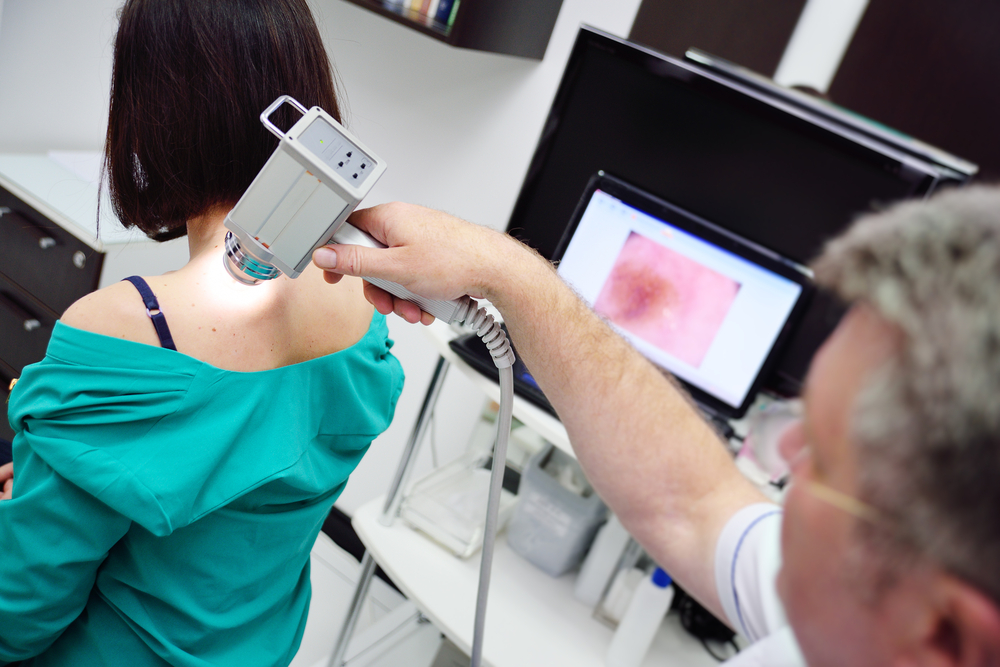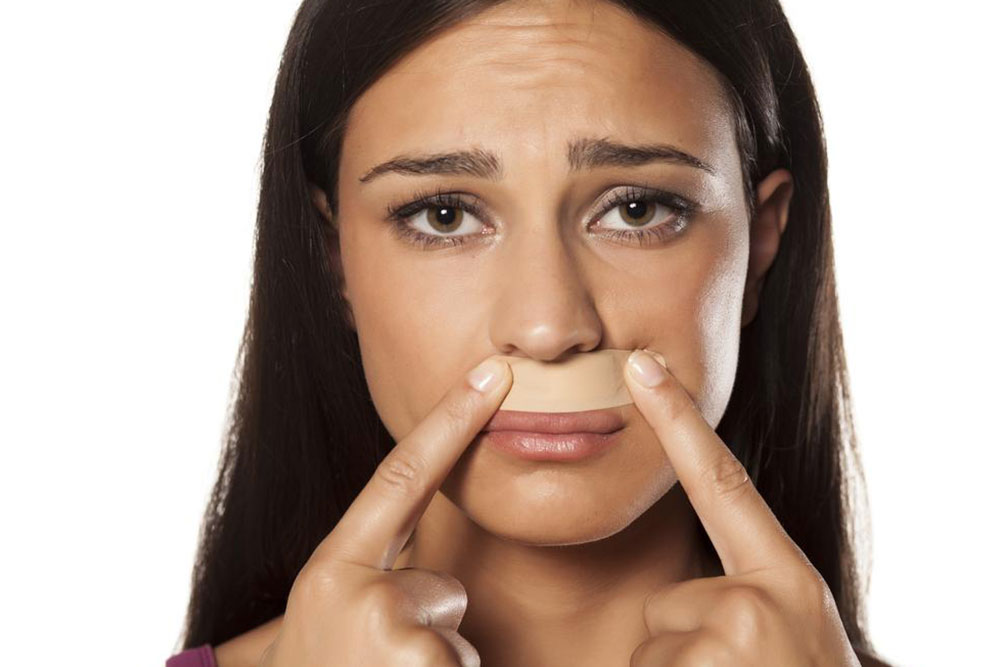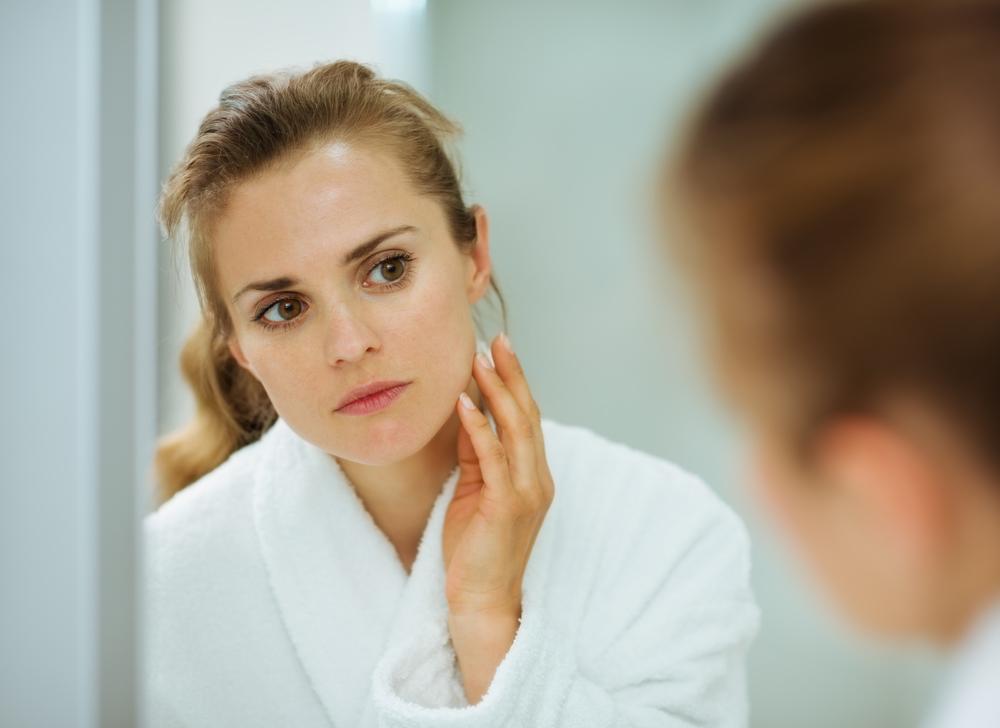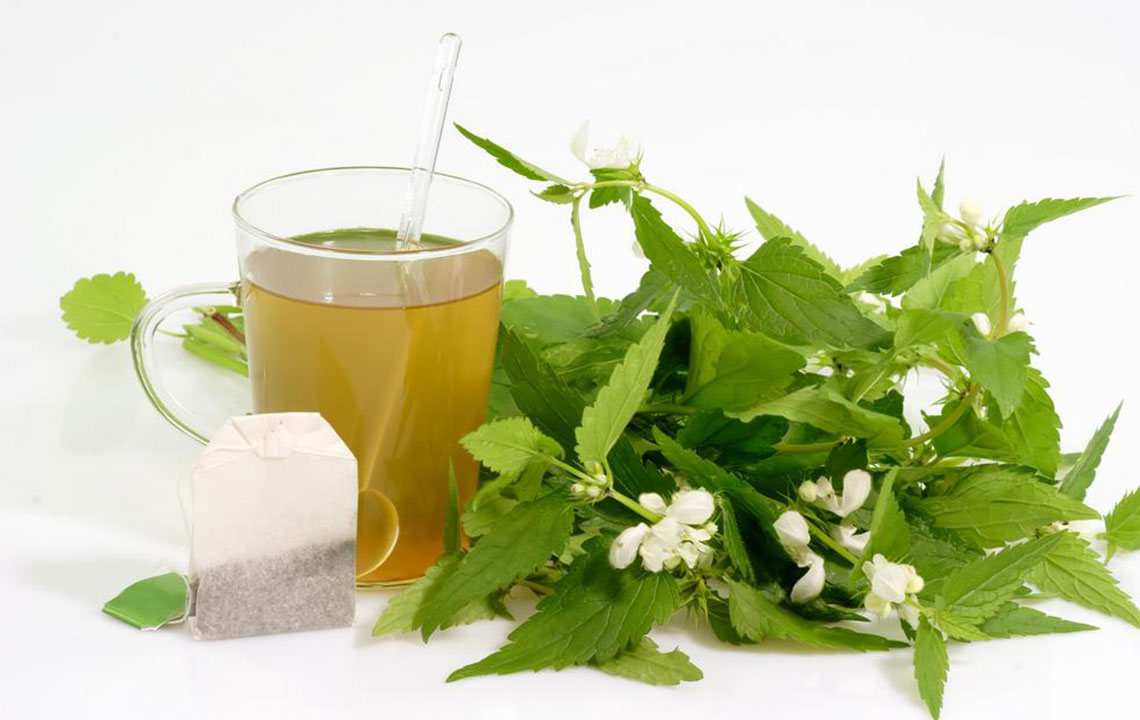Understanding Skin Growths: FAQs on Keratosis Management
This article provides essential information about keratosis, including diagnosis, symptoms, and effective treatment options. It guides older adults on managing skin growths safely, highlighting professional procedures and home remedies for improved skin health.
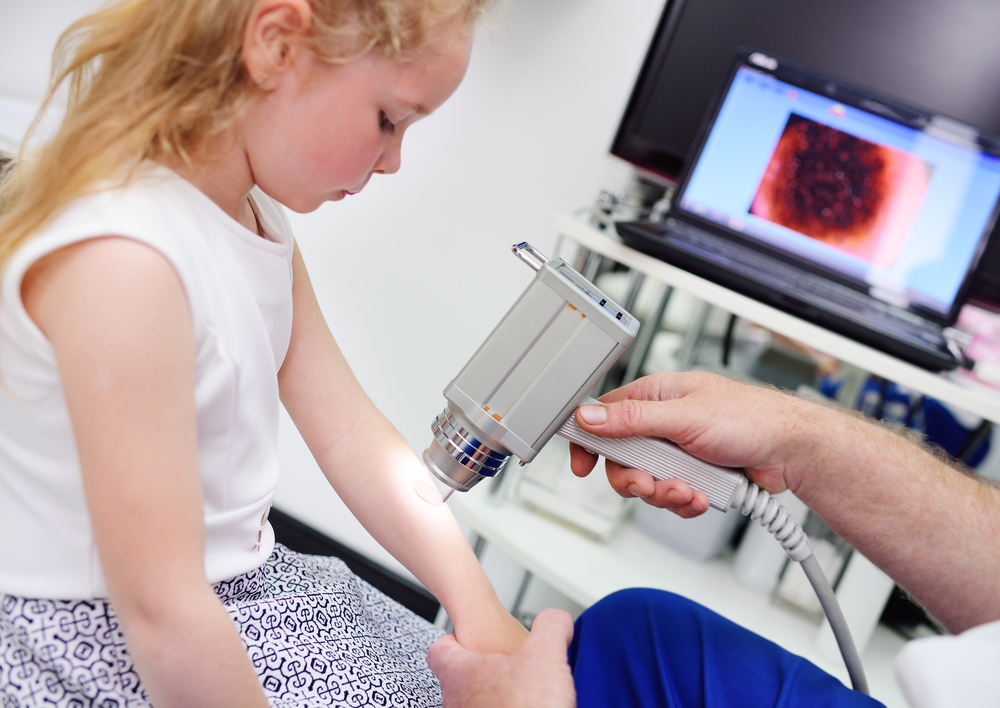
Understanding Skin Growths: FAQs on Keratosis Management
Common Questions About Keratosis Treatment
As we age, our skin changes and we may develop new growths. One such condition is keratosis, which mainly affects older adults. While these skin growths might look startling, they are generally harmless. Factors like genetics or sun exposure increase the risk. Many seek treatment for aesthetic reasons or discomfort. It's essential to distinguish keratosis from other skin conditions and explore available treatment options for effective removal.
Knowing how keratosis is diagnosed and treated can help individuals make informed choices about their skin health.
Keratosis, common among seniors, appears as rough, wart-like patches on areas such as the face, chest, or back. Despite their benign nature, many opt for removal due to appearance or discomfort. Proper diagnosis by a healthcare professional is important, often involving visual examination or biopsy. Treatments like cryosurgery, curettage, electrocautery, or laser ablation are popular. Symptoms include small, pasted-looking growths that can sometimes itch or cause irritation. Home remedies like apple cider vinegar or vitamin D supplements are also used, but consult a doctor before starting any treatment.
Effective management of keratosis involves accurate diagnosis and choosing suitable treatment methods. Understanding your options can help you achieve a smoother, clearer skin appearance.

